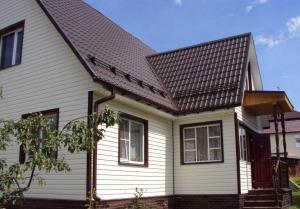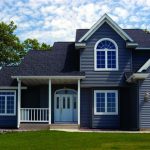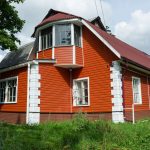Modern materials allow you to give the facade of the house a unique shape and shade. A variety of siding colors have made this exterior finish one of the leaders in its field. However, a wide assortment line of textures and gradations of shades often baffle the user. To choose the right color, follow the recommendations of the designers.
Content
Tips for choosing the color of the finish

The building can be roughly divided into roof, walls, plinth and additional elements, which include openings, gutters, etc. Corners most often performed in the same color as the base or use contrasting shades. The first option visually reduces the building, while the second, on the contrary, expands it.
Design techniques when choosing a siding color scheme:
- Light and pastel It is important to use shades for small buildings in order to visually increase the space. They blend perfectly with wood.
- Dark colors reduce the volume, therefore they are used for large houses built in a classic style. This move helps the building to blend in with the surrounding nature.
- Saturated shades give the building a fresh look. An interesting option, but it is not recommended to use two or more bright colors on the facade. In this case, the corners can be trimmed with a contrasting shade, highlighting the architectural style.
- Traditional combination - light top, dark bottom.
- Reception "inversion" means light tones of the basement and dark color of the walls.











